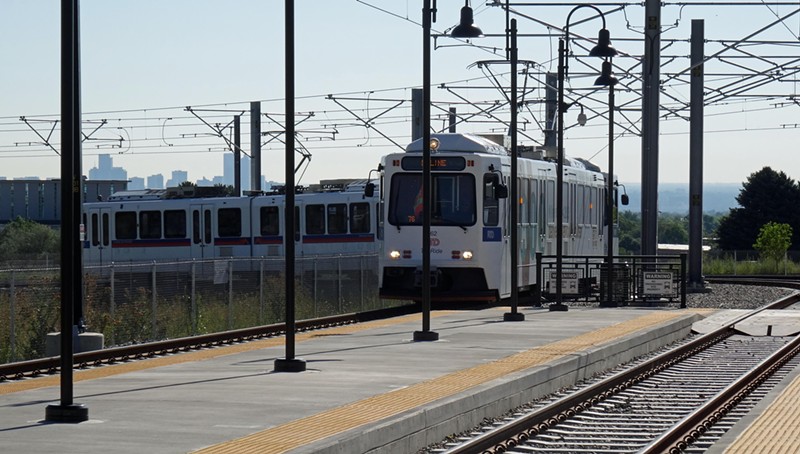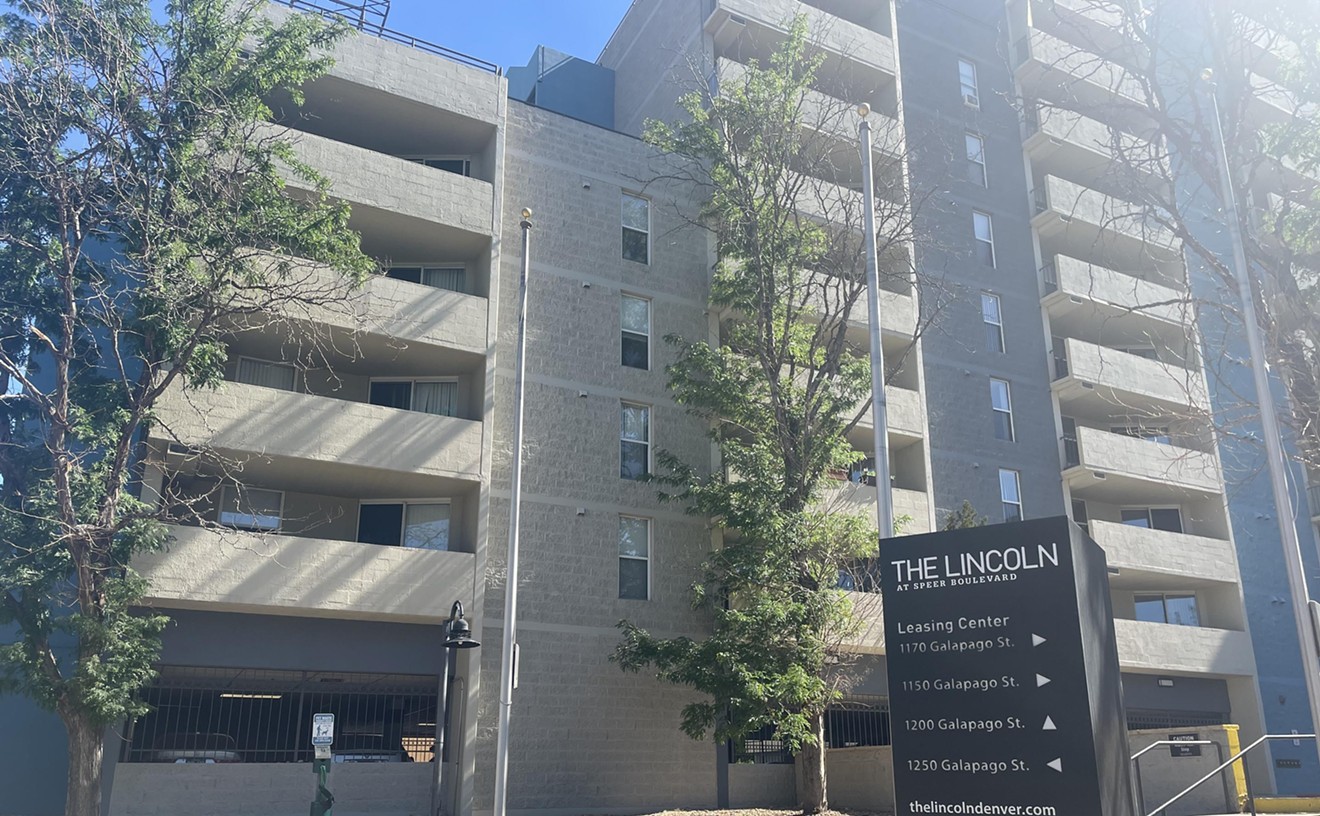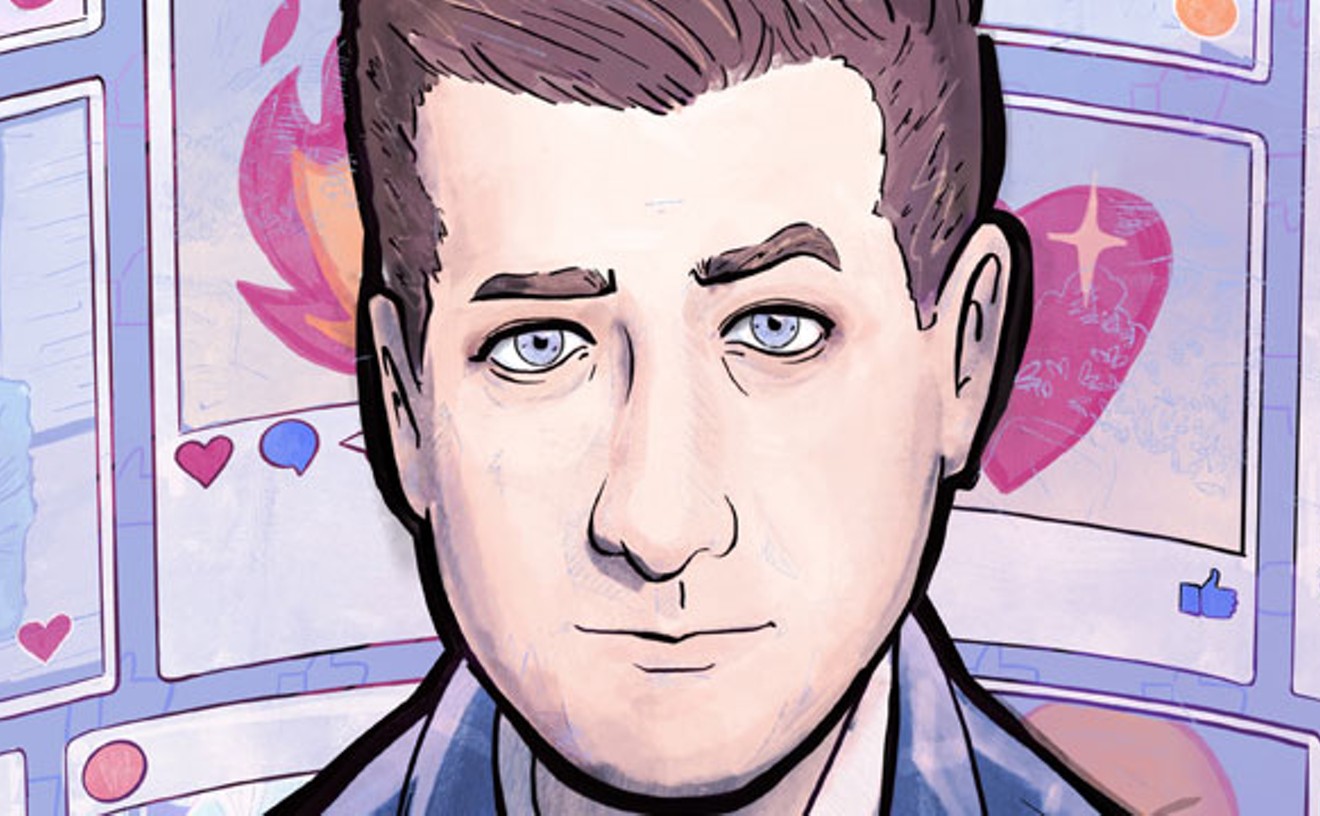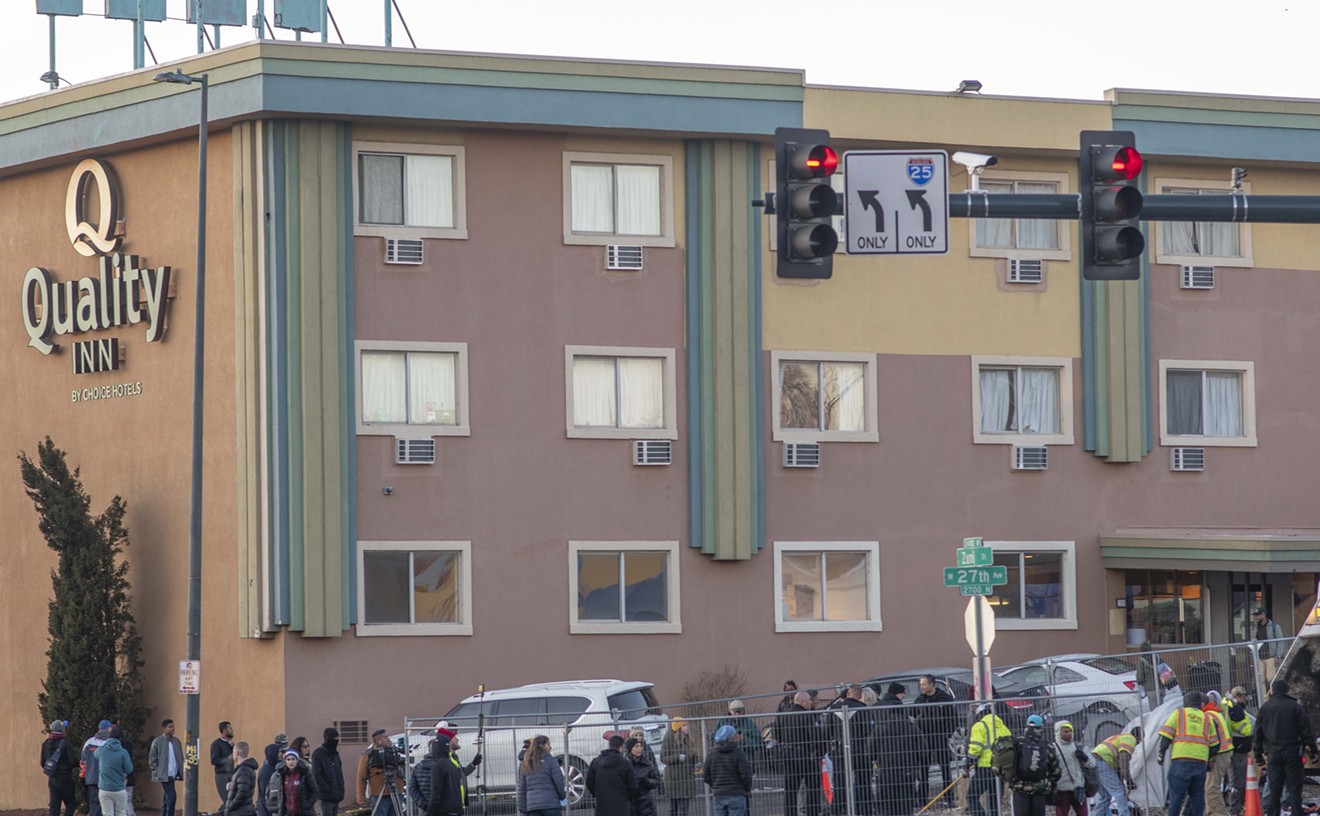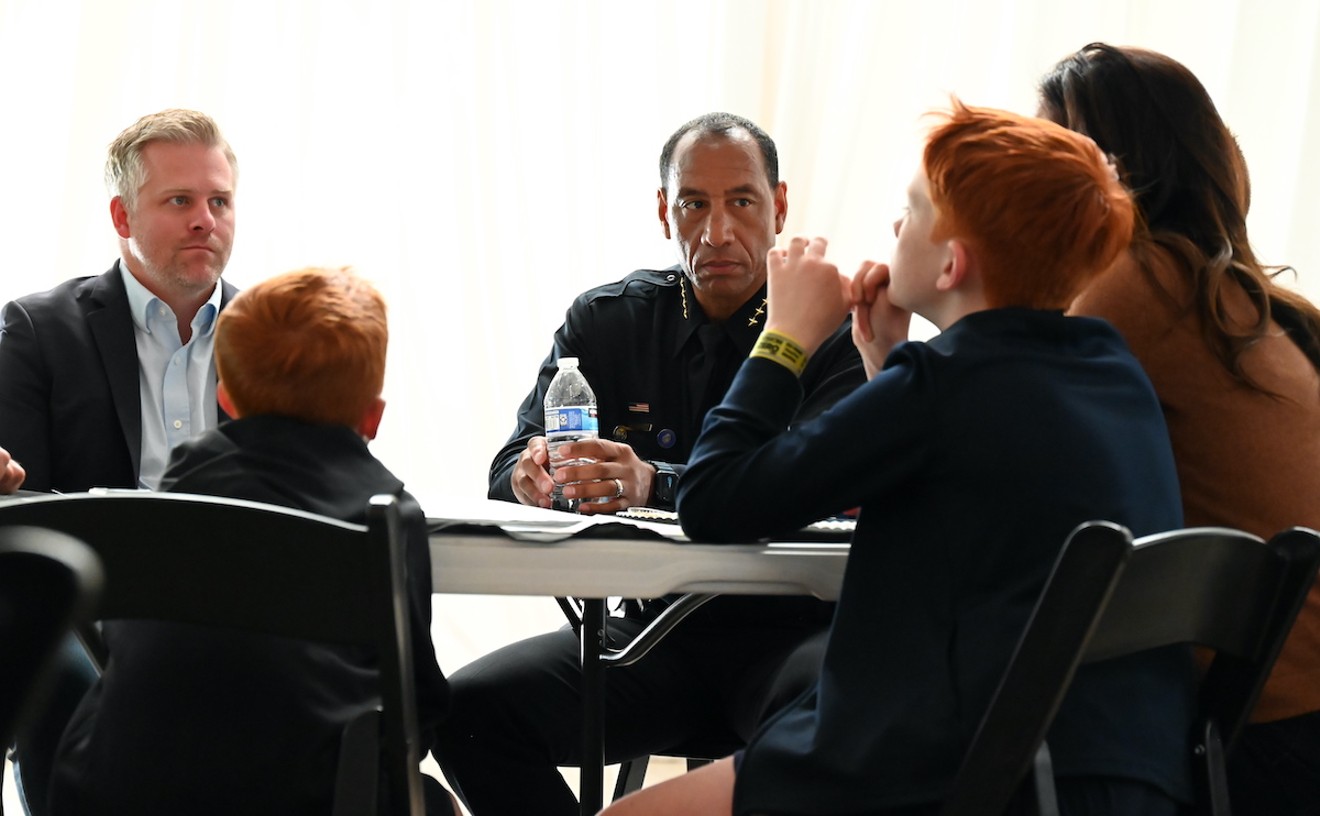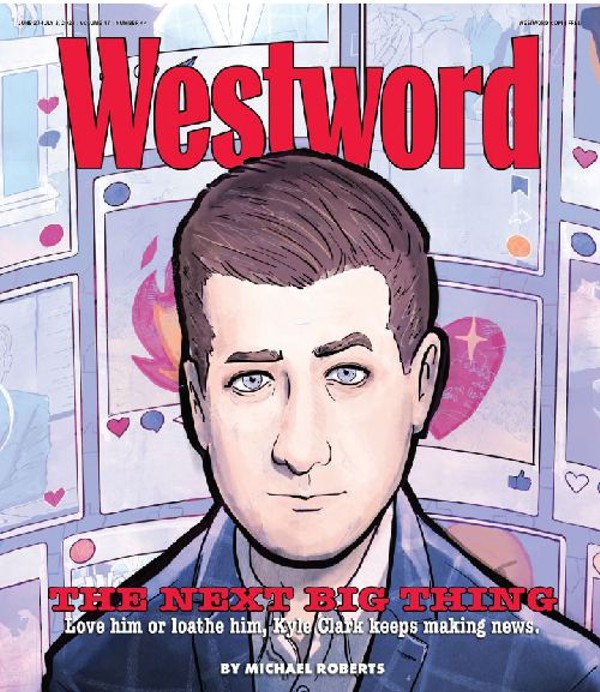In 2022 and 2023, a state legislature bill meant to increase use of public transit appropriated money for all transit agencies across the state to implement free ridership programs during ozone season, which falls in summer. Last year, the state offset $13.8 million of the estimated $15.6 million it took to make RTD free in July and August. Ridership numbers under RTD’s Zero Fare for Better Air program increased, with a slight drop in car rides and air pollution, but the agency noted that it's hard to track a direct correlation between the two.
This year, however, lawmakers appropriated just $5 million for RTD to continue the Zero Fare program for riders under eighteen, a one-year pilot program that started last September. The legislature measure specified that RTD is only eligible for grant money for free fare for youth, though other agencies can still apply for grants for free fares across their entire systems.
“Colorado did not appropriate grant money for RTD to provide both a Zero Fare for Better Air initiative and Zero Fare for Youth program," RTD spokesperson Tina Jaquez says. “With regard to Zero Fare for Youth, RTD is excited about the opportunity to move forward with Zero Fare for Youth and the ability to attract and support the next generation of RTD customers.”
According to data presented at an RTD Board of Directors meeting in May, youth ridership jumped 57 percent between September 2023, when the pilot began, and February 2024. But with all the obstacles RTD riders are facing this summer, how many free trips would people take, anyway?
On June 14, Rebecca White, director of the Colorado Public Utilities Commission — which regulates RTD — sent a letter to RTD General Manager and CEO Debra Johnson questioning RTD’s safety inspections along the southeast rail corridor, where there have been major slowdowns on the E, H and R light rail lines.
RTD’s southeast rail corridor comprises twenty miles of track along Interstate 25, from Lone Tree to Denver, and includes portions of the E, H and R lines. RTD implemented a new safety standard this spring and, after discovering problems along the line, has instituted slow zones while repairs are made. In slow zones, trains can go no more than 10 miles per hour.
In Johnson’s response to the PUC, she said that its suggestions that the agency’s maintenance plans were insufficient are false.
“I would like to strongly emphasize that the southeast corridor’s light rail track remains operationally safe for RTD to provide service to customers, even in the isolated areas of the alignment where speed restrictions are currently in place,” Johnson wrote.
Slower trains along I-25 aren't the only issue, however.
Construction and Repairs Across RTD System
As of June 28, repairs from the Orchard stop to the County Line stop were partially completed, though there is still a speed restriction on much of the track in that area impacting the E and H lines. Repairs and slowdowns from the Yale stop to the Southmoor stop are also underway, causing interruptions to E and R line service. At the same time, RTD is completing coping panel maintenance, leaving a single track for trains in the southeast corridor this summer, slowing down trains even more. Trains are currently supposed to run every sixty minutes on the E and H lines, barring any other delays.
Greater Denver Transit, an advocacy group focused on providing technical expertise to urban public transit discussions, sent a letter to RTD on June 19 asking for more specifics on the problems and advocating for more transparency with frustrated riders.
RTD is now regularly updating and sharing its maintenance schedule for light rail lines.
Unpredictable trains have contributed to RTD’s stalling ridership recovery since the pandemic, according to GDT, which predicts the loss of rail ridership will outlast these maintenance projects. A GDT analysis showed the E and H lines both lost over 5 percent of their riders in March 2024 compared to March 2023.
According to RTD, it is still regrowing ridership lost during the pandemic, with a 33 percent increase in ridership between 2021 and 2022 and a 5.8 increase from 2022 to 2023, and over 65 million total boardings in 2023.
Adding to light rail rider woes, RTD is completing the first full reconstruction of the downtown light rail loop in three decades, starting with a re-do of five intersections this summer. Most routes have been redirected to Union Station, while the L Line has been shut down.
By the end of September, RTD plans construction updates to the following intersections: 15th and Stout streets, 17th and Stout streets, 15th and California streets, 17th and California streets, and Broadway and Welton Street. Broadway and Welton was the first intersection that RTD redid, with Johnson acknowledging “pain points” during construction.
Work in the intersection was completed June 18, but two lanes of nearby 19th Street are still closed. There is a pedestrian detour along the sidewalk, and crosswalks have yet to reopen; RTD expects those closures will last through July 8.
Next, RTD plans to close 15th Street between Stout and California for work on both intersections. At 15th and California alone, seventeen bus routes and three light rail lines usually traverse the intersection. Right now, the 16th Street Mall bus is running along 15th Street because of ongoing mall construction.
These closures make it difficult to use any of those seventeen bus routes that allow riders from east Denver to connect to downtown or the west side through transfers at Union Station. Because of unrelated construction on 15th Street, the street is already backed up with buses and cars.
Expect the slow pace to continue elsewhere as the summer wears on.

